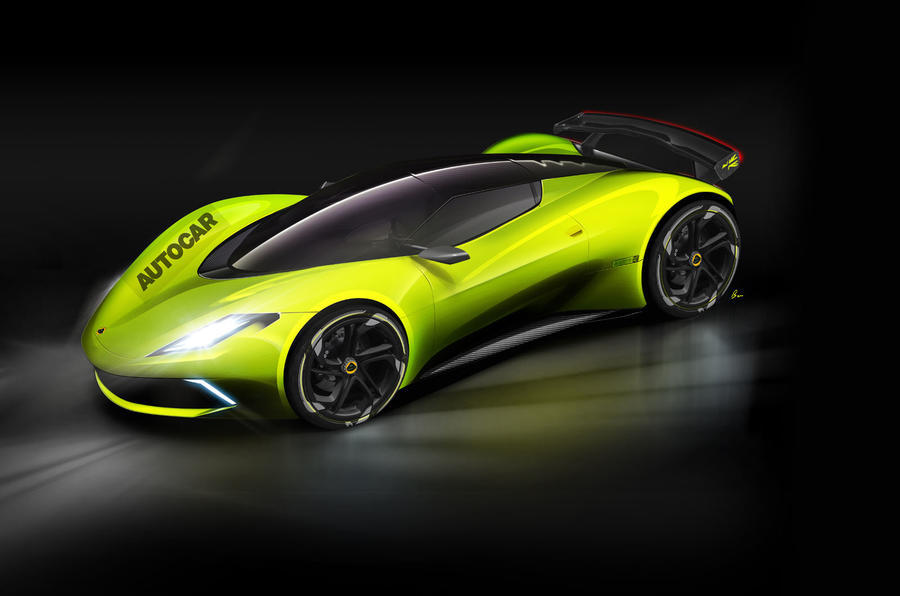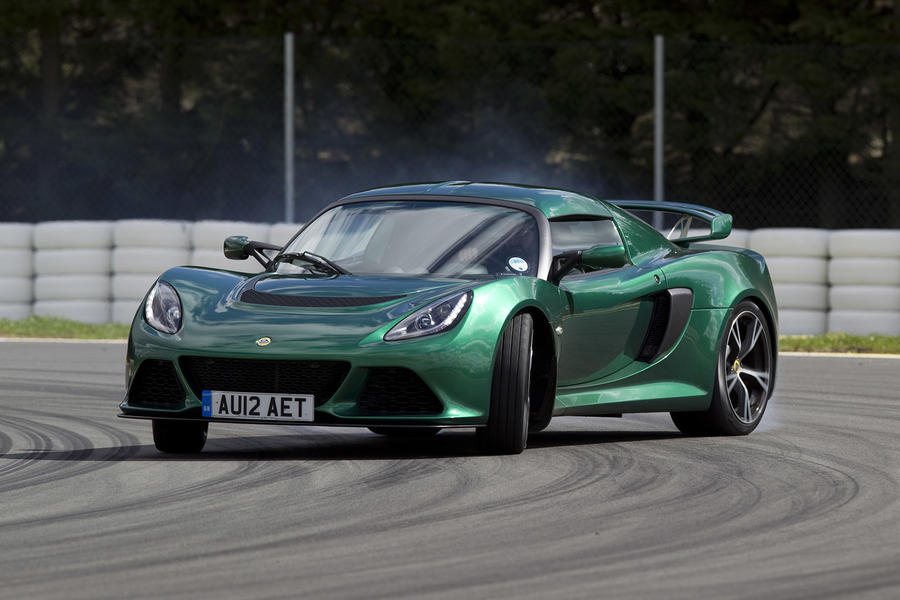More practical sports car will beat new-era Elise, Exige and Evora models to market
Lotus will reveal an all-new sports car next year as its expansion under Geely ownership begins to bear fruit.
The model is part of a five-year plan that has been signed off by Geely, new Lotus Cars CEO Phil Popham has confirmed.
The new model will be based on a heavily revised existing Lotus architecture and will appear before the next-generation Elise, Exige and Evora models. They will begin to be launched in about three to four years once the new architecture that will underpin them has been developed.
Next year’s new model will retain Lotus’s famed driving dynamics while being more practical and usable every day than the existing models, with improved ingress, egress, ergonomics and infotainment, pointing to the Evora as its most likely base. It’s a bridge to the new era of Lotus sports cars, according to Popham. “There’s this one car, then the new platform,” he said.
Popham will then eventually expand Lotus’s product portfolio beyond the existing sports car range. The former Jaguar Land Rover executive and Sunseeker yachts boss has yet to decide on the specifics, but SUVs are the most likely outcome. Autocar also understands that a new seven-figure, electric-powered hypercar is in development as a limited-run ‘halo’ model for this new era of Lotus, codenamed Omega, although Popham has yet to confirm this.

All future Lotus models will eventually use electrification, said Popham, but in exactly what format has yet to be decided. “The focus for now is on replacing the products we’ve got today – the sports cars,” he said. “In a long time, Lotus has not had sight of what is required. You need a longterm plan, a product plan and a business plan locked down with investment. We have that plan locked in.”
Lotus will also look to leverage the “huge opportunity” it has from being part of such a large and well-resourced group as Geely, said Popham. This includes “design, engineering and manufacturing opportunities” and the potential for shared architectures for future models beyond sports cars, as well as investigating the future of its engine deal with Toyota, which continues harmoniously for now.
On the finances involved with Geely, Popham said: “We’re not talking tens or hundreds of millions, but billions.”
On the wider role Geely can play, he said: “All conceptual work and product planning management will sit at Lotus, but we can and will sub-contract packages back into Geely.
They have lots of technology capabilities, a design studio in Coventry, engineers in Sweden, Germany and China. We employed 150 engineers last year and will employ more this year while also using the resource in Geely.”
Early development work has now started on the new sports car architecture, which may not necessarily retain its current bonded and extruded aluminium base if a better option is available. It will be developed to meet regulations in China and North America from the beginning.

The Norfolk-based company is already expanding its Hethel headquarters, with plans approved for a new customer experience centre and museum. Lotus sold 1630 cars last year, but Popham said the capacity was around 5000. Hethel will remain the home of Lotus sports cars with associated investments to improve the facilities. The manufacture of future models, such as SUVs, will take place elsewhere.
Beyond sports cars, Popham said Lotus could enter “a number” of segments so long as all of its models retained the brand’s core DNA. He cited Porsche as a good example of how to grow. “Our DNA of driving dynamics, performance and lack of weight mean different things in different segments, but we’ll be renowned for them in the segments we’re in,” he said.
Popham added that future sports car models must take less time to make and be cheaper and more repeatable to produce as “the hours of build are too high”, while too many parts are used and their cost is also “too high”. This is the result of having architectures that have stayed in production for so long and a reason for Lotus’s inconsistent quality.
To that end, Lotus sports cars should remain accessible on price, believes Popham. He’s not looking to expand the price point of its core sports car beyond today’s range.
Q&A: Phil Popham, Lotus Cars CEO
Are you looking to shift Lotus’s positioning?
“We will build cars in the future with the DNA of today. They’ll have the same performance and handling, but will appeal to a wider audience. Our barriers to entry now are the cars’ practicality, the ingress and egress, the day-to-day use like ergonomics and connectivity. They will improve, but absolutely retain the purity.”
How can you refocus Lotus and help it grow?
“We’re going to do a lot on brand positioning: what it is, what it has been, and what it will be. This will then drive everything we do in the business, and most importantly the engineering team. The driving experience is at the heart of that. We will create the most dynamic cars we can but remove the barriers to purchase.”
Will Lotus Engineering still play a role?
“There’s an intention to grow it. Right now it’s about 15% of the group. We have several areas of expertise, in engine testing, lightweighting and aerodynamics, and it complements the group. We’ll do stuff for Geely but can go outside the group. It’s a brand in its own right and adds credibility, while also allowing us to do stuff outside the industry.”
READ MORE
Lotus Plans £2m electric hypercar
Lotus at 70: the highs and lows
Lotus models to be built in new China factory
Source: Autocar
